10 Fascinating Ways Animals Warn Each Other of Potential Danger
Animals have mastered the art of warning each other about danger, using signals as diverse as the creatures themselves. From bats’ ultrasonic calls to cuttlefish changing color, these alerts are finely tuned to their environments. This journey through some of the most fascinating warning methods reveals nature’s brilliance and the deep interconnections that sustain ecosystems. Whether through sound, color, or movement, these signals form a silent but vital language of survival. As we explore, we’ll see how evolution has shaped these warnings, offering a glimpse into the complex, hidden world of animal communication. Let’s dive in!
1. The Alarm Calls of Birds
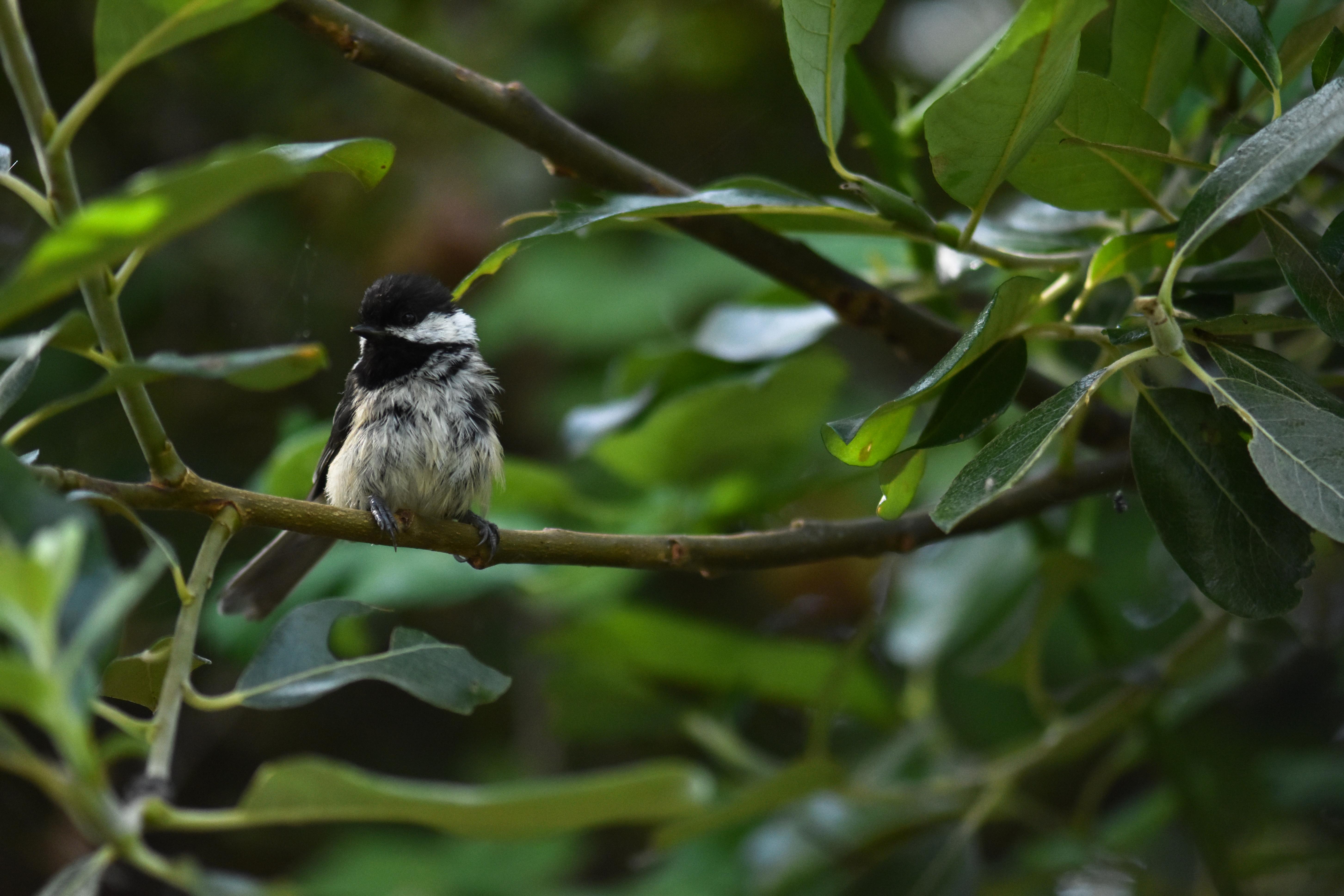
Birds act as nature’s lookout, spotting danger before many other animals do. Their alarm calls are crucial survival tools, varying in pitch and urgency to signal different threats. A black-capped chickadee, for instance, can even indicate a predator’s size through its calls. Some birds, like the superb fairy-wren, fine-tune their warnings based on whether the danger comes from the air or the ground. These calls aren’t just for their own kind—many species understand and respond to each other’s alerts, creating a web of shared vigilance that helps entire ecosystems stay one step ahead of predators.
2. Chemical Signaling in Insects
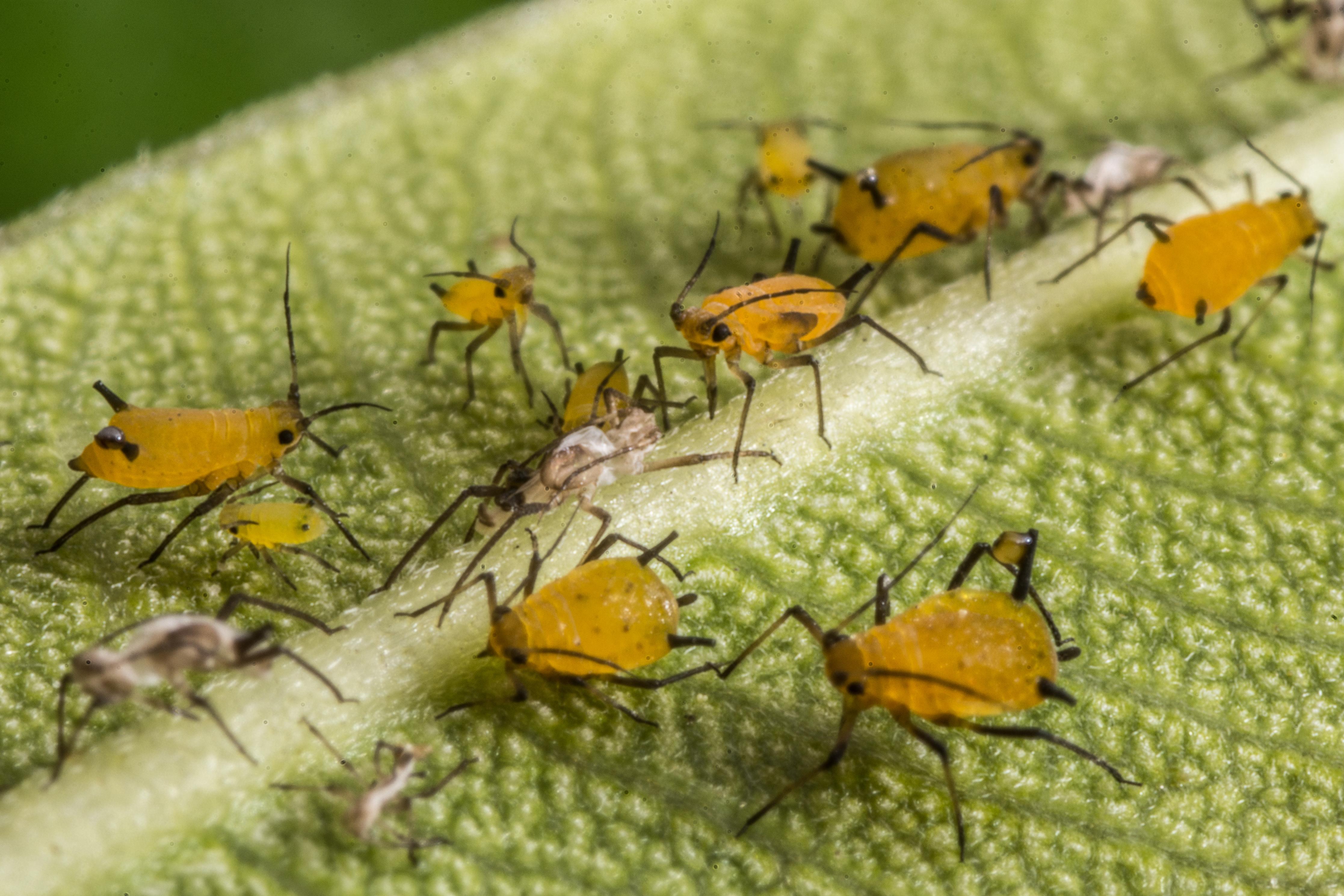
Insects may be tiny, but their warning systems are incredibly sophisticated. Many rely on chemical signals, or pheromones, to alert others to danger. Aphids, for instance, release alarm pheromones when attacked, prompting nearby individuals to flee. Ants take this further—when a threat is detected, scouts emit signals that mobilize the colony’s soldiers for defense. This rapid coordination is key to their survival and success. Chemical signaling works especially well in dense environments where sound and sight are limited, showcasing insects’ remarkable adaptability and the ingenious ways they’ve evolved to navigate threats in the wild.
3. Visual Displays in Reptiles
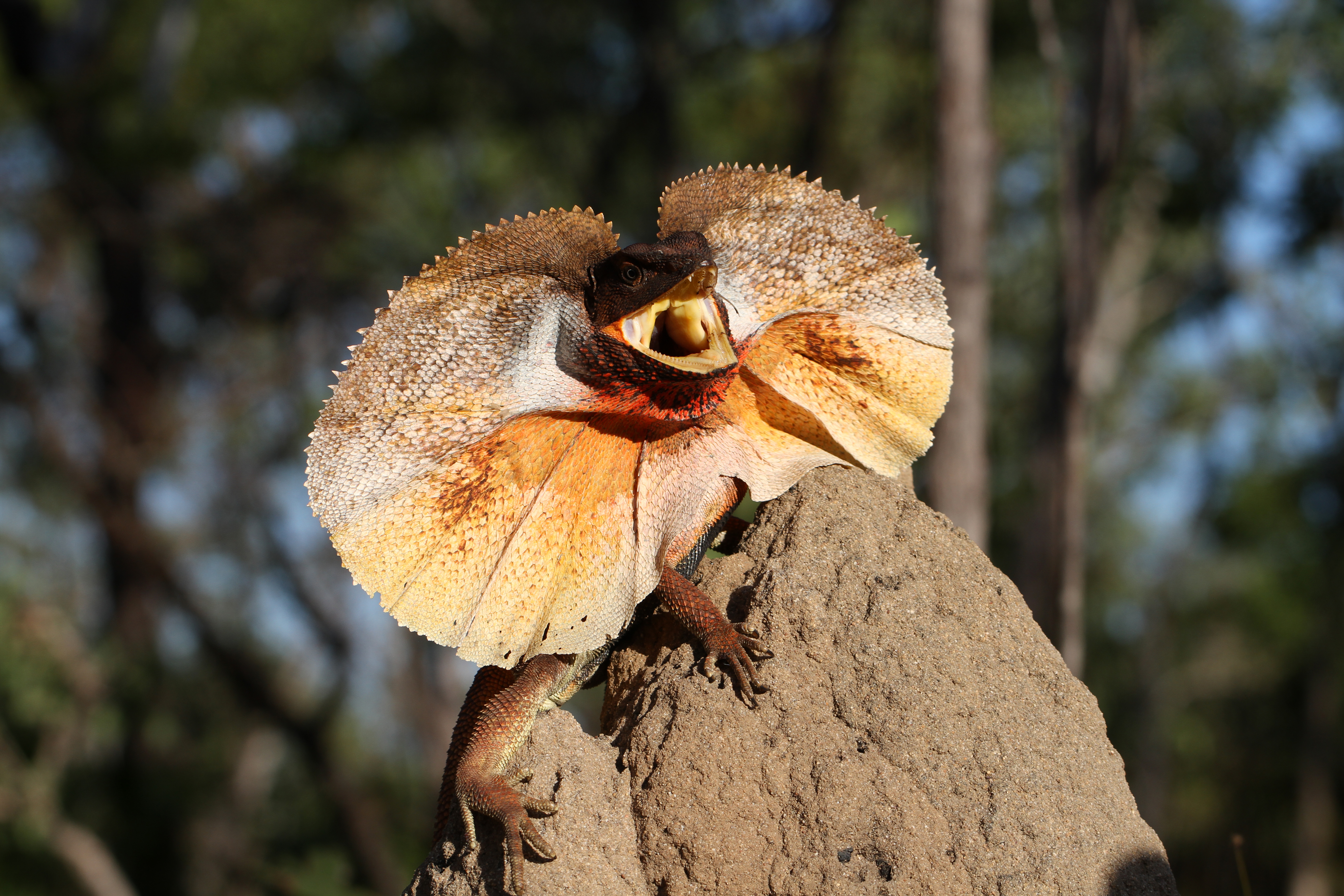
Reptiles may lead solitary lives, but their visual signals play a key role in communication and survival. Many use striking displays to ward off predators—like the frilled lizard, which flares its neck frill to appear larger and more intimidating. Others, such as male anoles, flash colorful dewlaps and perform head-bobs to claim territory and warn rivals. These displays help reptiles avoid unnecessary fights and conserve energy. Tailored to each species' environment, visual signaling showcases the delicate balance between predator and prey, offering a glimpse into the intricate ways reptiles navigate threats and interact within their ecosystems.
4. Acoustic Communication in Mammals
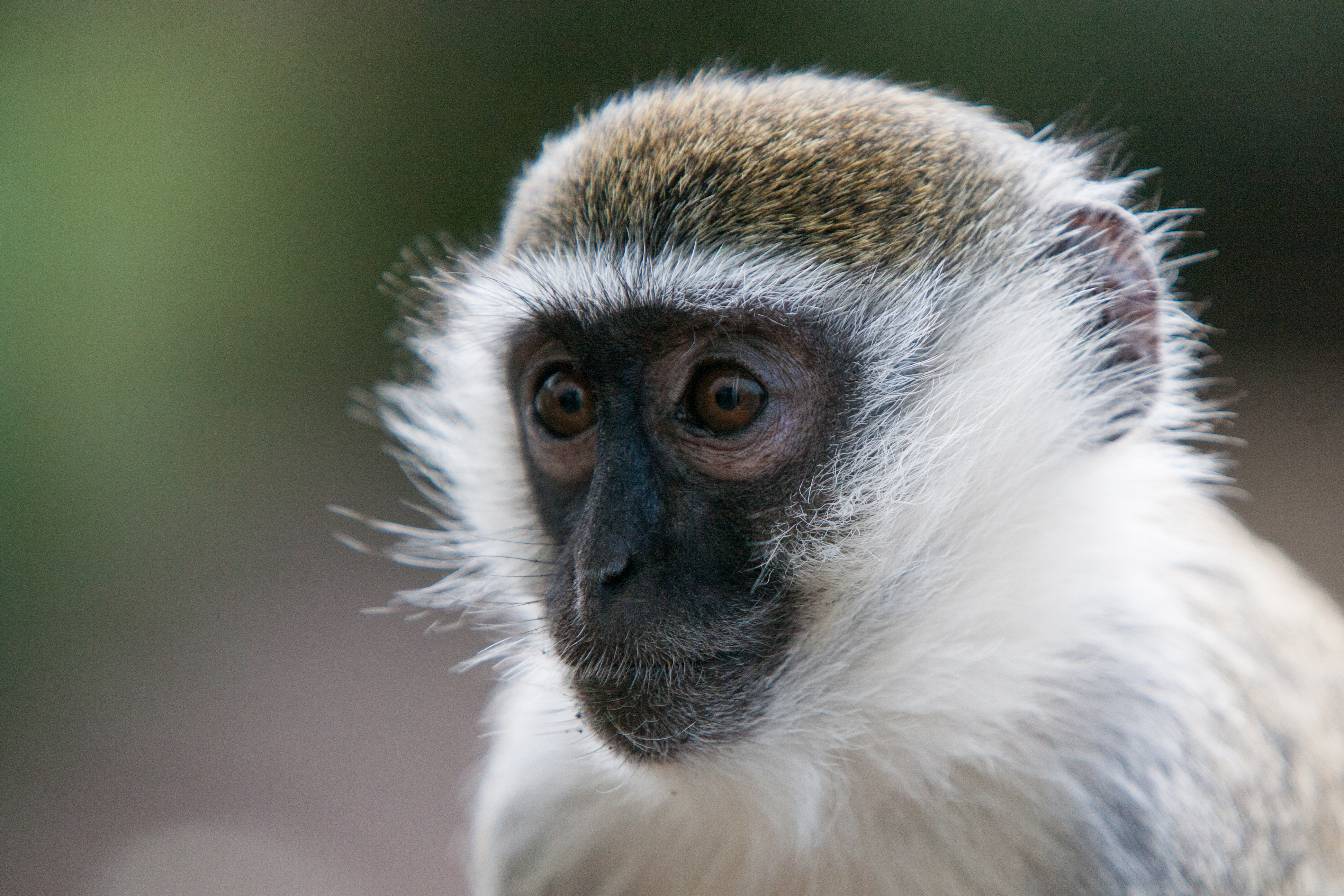
Mammals rely on a rich variety of vocal signals to warn of danger, with each species adapting its calls to its environment and social needs. Vervet monkeys, for example, use distinct alarm calls for different predators, while meerkats issue high-pitched warnings to alert their groups. In social species, vocalizations also strengthen bonds—wolves howl to coordinate hunts and signal threats. Even marine mammals depend on sound; dolphins use echolocation and whistles to detect danger and communicate over long distances. These diverse acoustic signals highlight mammals’ adaptability and the crucial role communication plays in their survival.
5. Natural Coloration and Camouflage Warning System
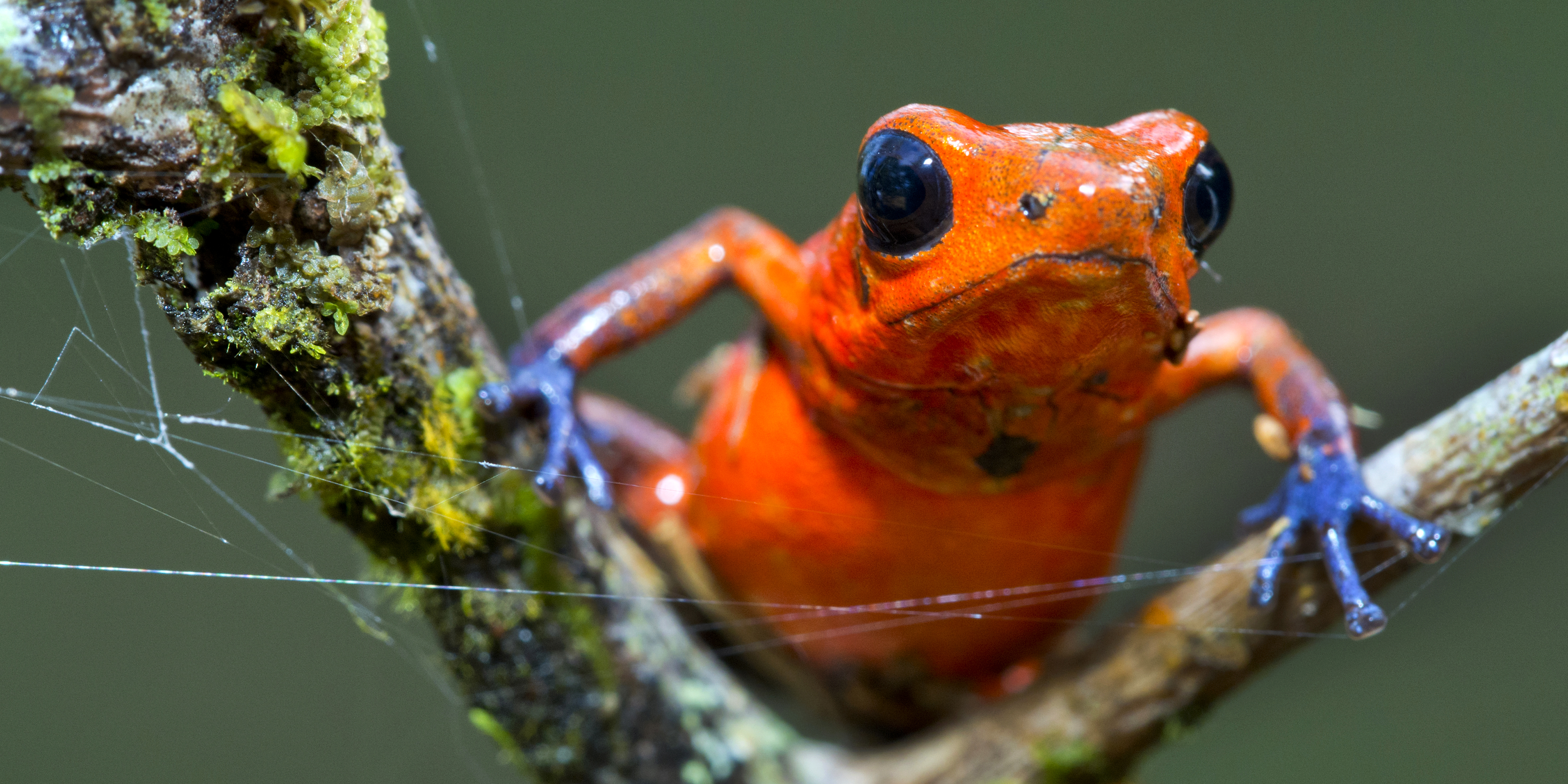
Animals use color both to stand out and to disappear. Bright hues warn predators of danger—a strategy called aposematism, seen in poison dart frogs, whose vivid skin signals toxicity. On the other hand, camouflage helps animals blend into their surroundings, keeping them hidden from threats. Creatures like the leaf-tailed gecko practically vanish against the forest floor. These visual strategies reflect the constant evolutionary dance between predator and prey. Whether through bold warnings or subtle concealment, coloration plays a vital role in survival, shaping the way animals interact with their environment and each other.
6. Subtle Vibrational Communication
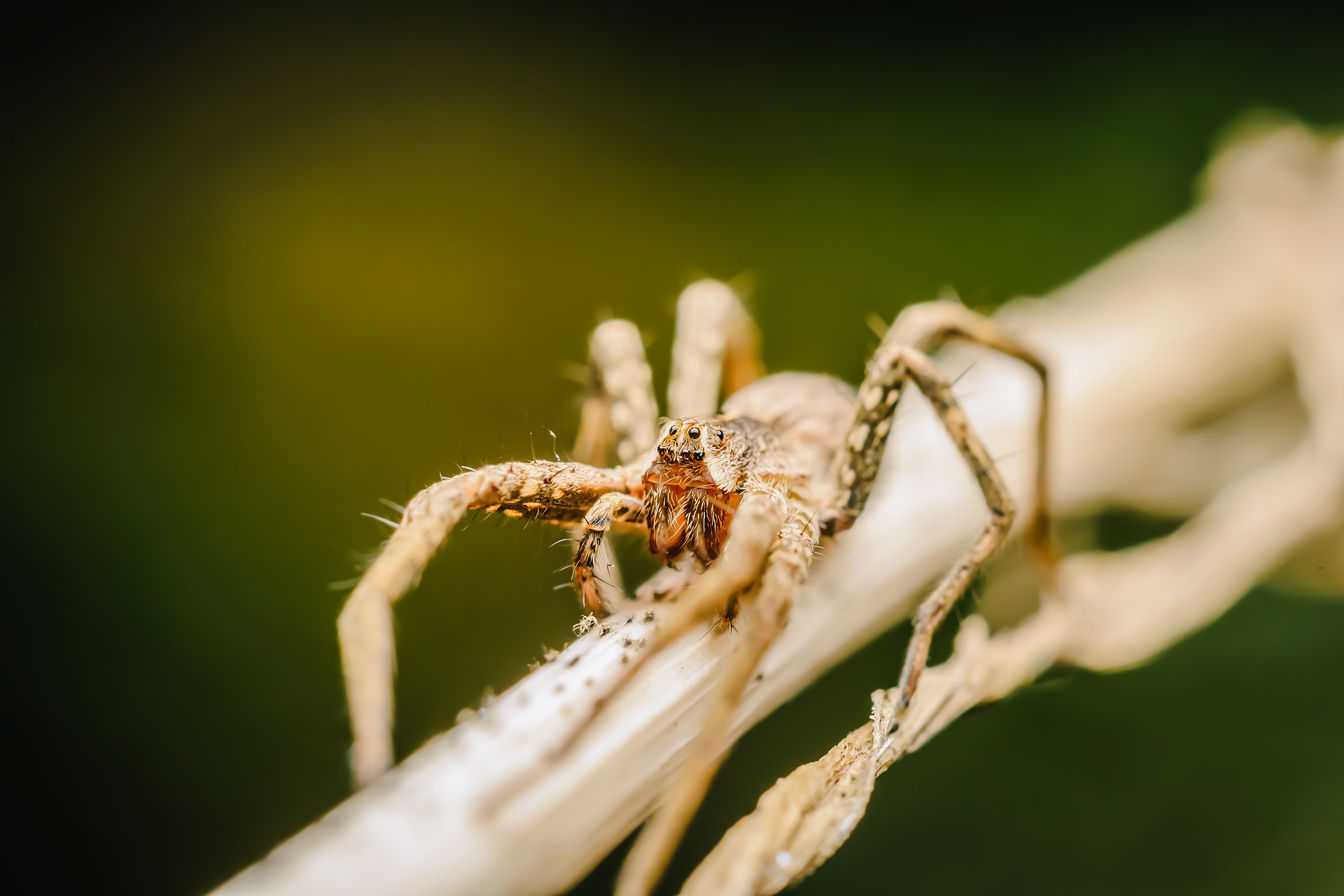
Vibrational communication is an often-overlooked survival tool, allowing animals to send signals through the ground, water, or plants without relying on sight or sound. Insects and arachnids, like spiders, use vibrations to warn each other of danger—some even drum on surfaces with their legs to send alerts. Elephants, too, can detect seismic vibrations through their feet, helping them sense distant threats. This hidden form of communication is especially useful in dense environments, where other signals might fail. From tiny spiders to massive elephants, vibration-based signaling showcases nature’s ingenious adaptations for staying one step ahead of danger.
7. Bioluminescence in Marine Species
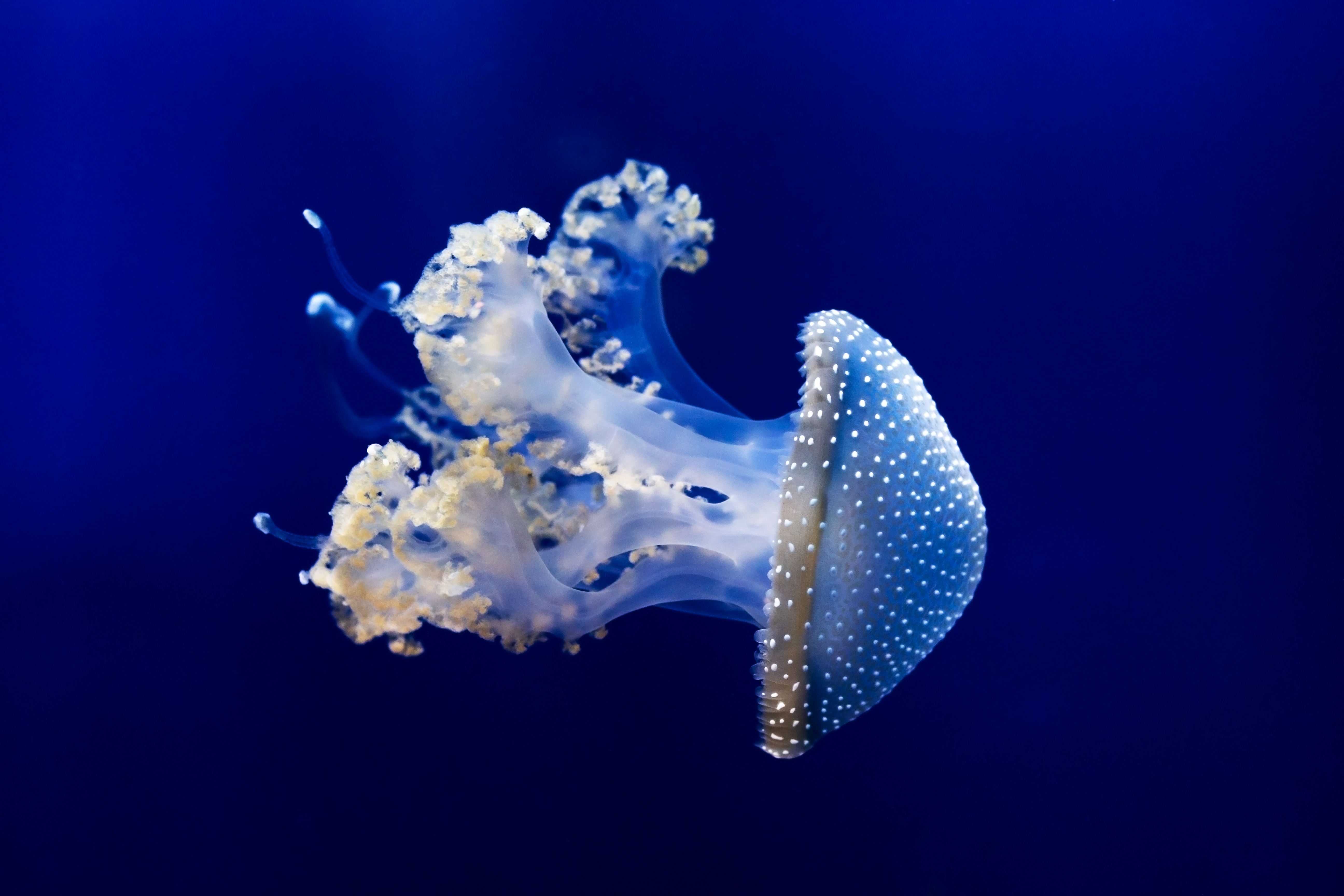
Bioluminescence helps many animals communicate danger, especially in the deep sea, where darkness dominates. Some creatures, like the anglerfish, use their glow to lure prey but can also flash warnings to deter predators. Jellyfish, too, unleash sudden bursts of light to startle attackers and escape. Even on land, fireflies use bioluminescence not just for mating but also to signal distress. Whether in the ocean’s depths or the night sky, this luminous adaptation is a brilliant survival tool, proving that light can be as much a warning as it is an attraction.
8. Electric Signals Under Water
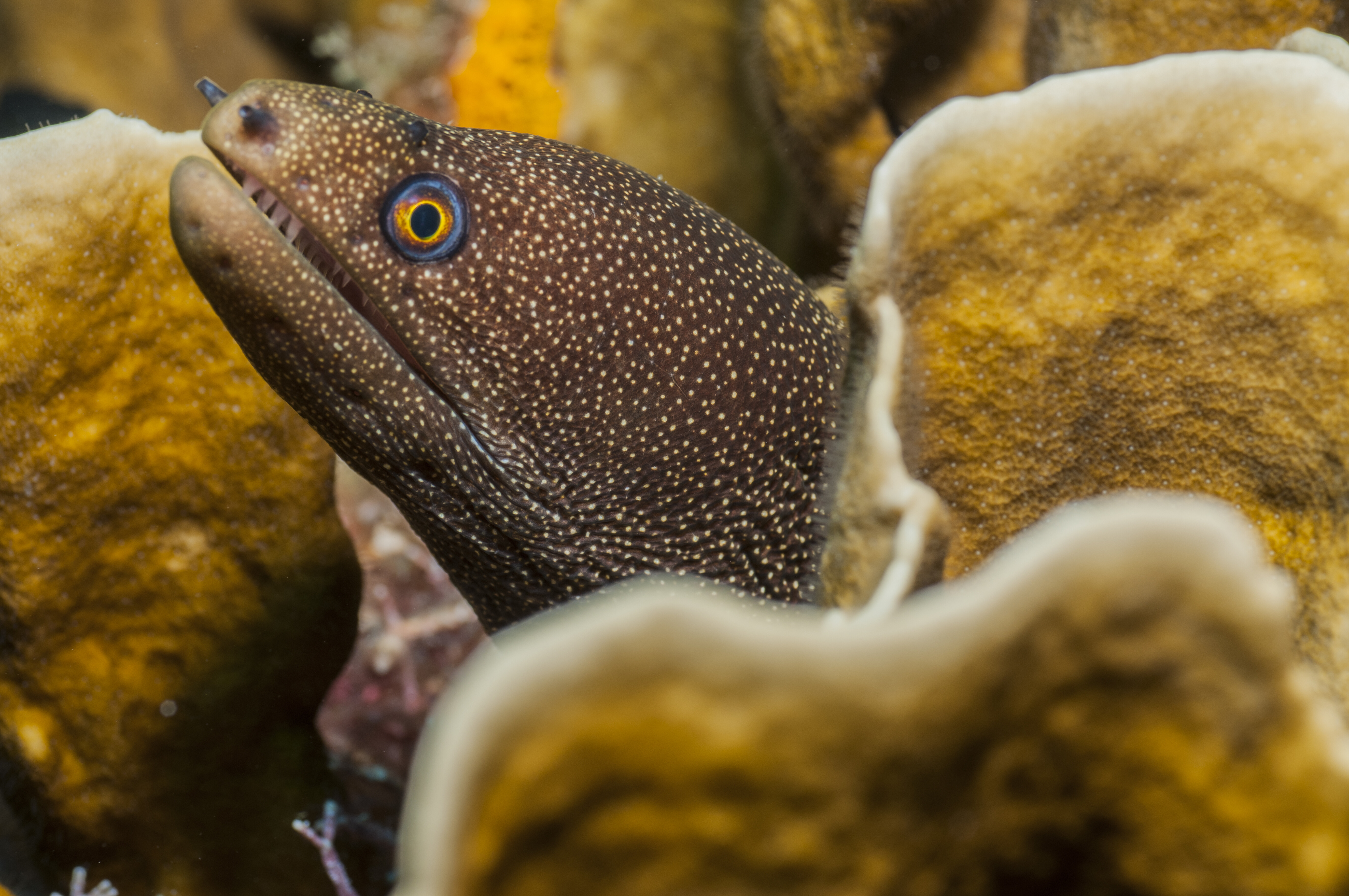
Some fish use electricity as a secret language to sense danger and communicate. Electric eels and knifefish generate electric fields to navigate, find prey, and detect threats—especially in murky waters where sight and sound fall short. These pulses also help establish territory and signal aggression, keeping social order without unnecessary fights. This unique form of communication showcases the adaptability of aquatic life, proving that survival isn’t just about speed or strength—it’s about innovation. By tapping into the power of electricity, these fish have developed an extraordinary way to stay aware and connected in their underwater world.
9. Infrared Sensing
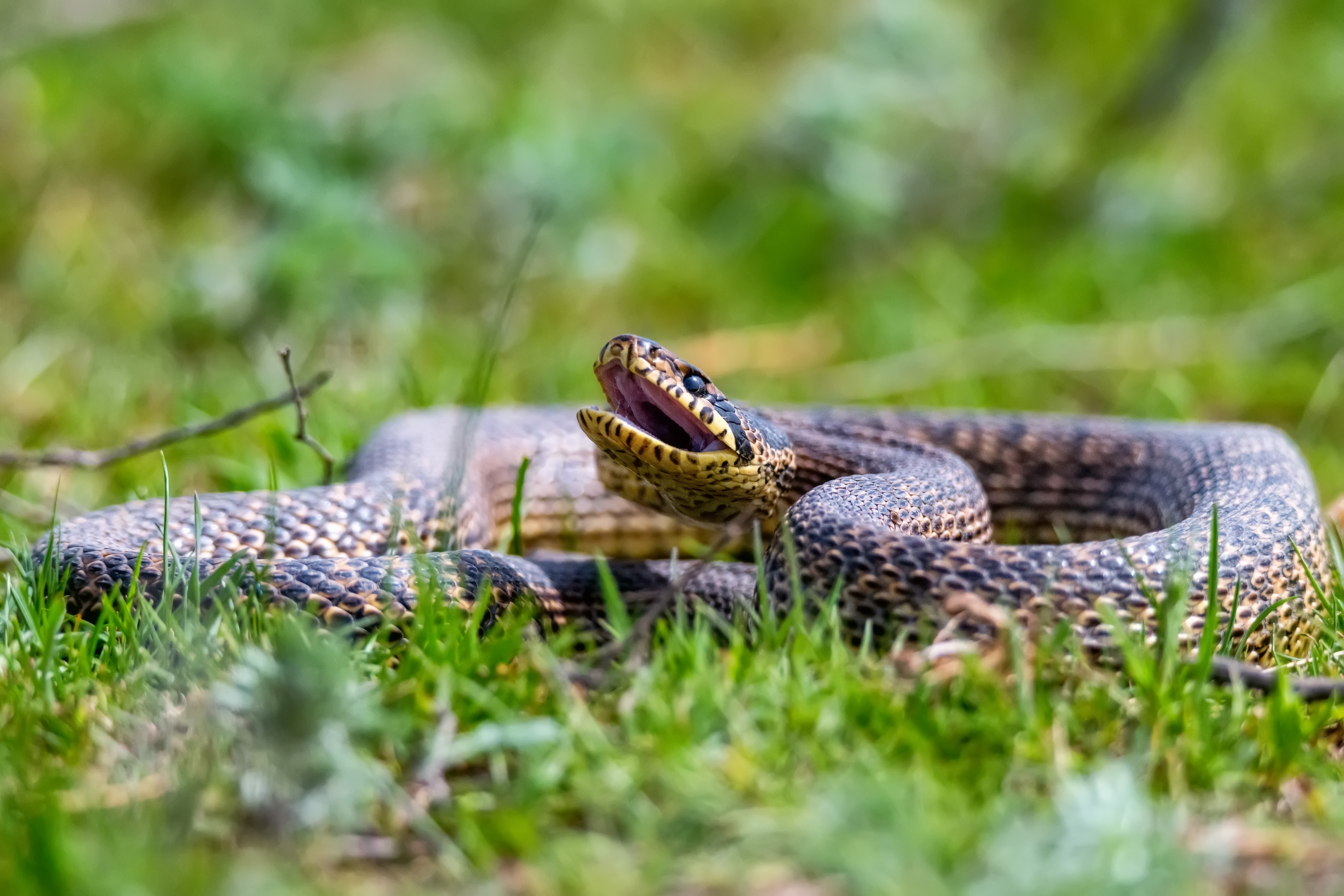
Some animals use infrared sensing to detect danger and navigate their world, even in total darkness. Snakes, for example, have specialized pit organs that pick up heat from warm-blooded prey and potential threats. This ability isn’t limited to reptiles—some mammals, like bats, also use infrared detection to locate food. In environments where vision fails, this skill gives animals a survival edge, allowing them to sense danger without making a sound. Infrared sensing is just another example of nature’s ingenuity, showing how evolution equips species with unique tools to thrive in their ever-changing landscapes.
10. Threat Signaling
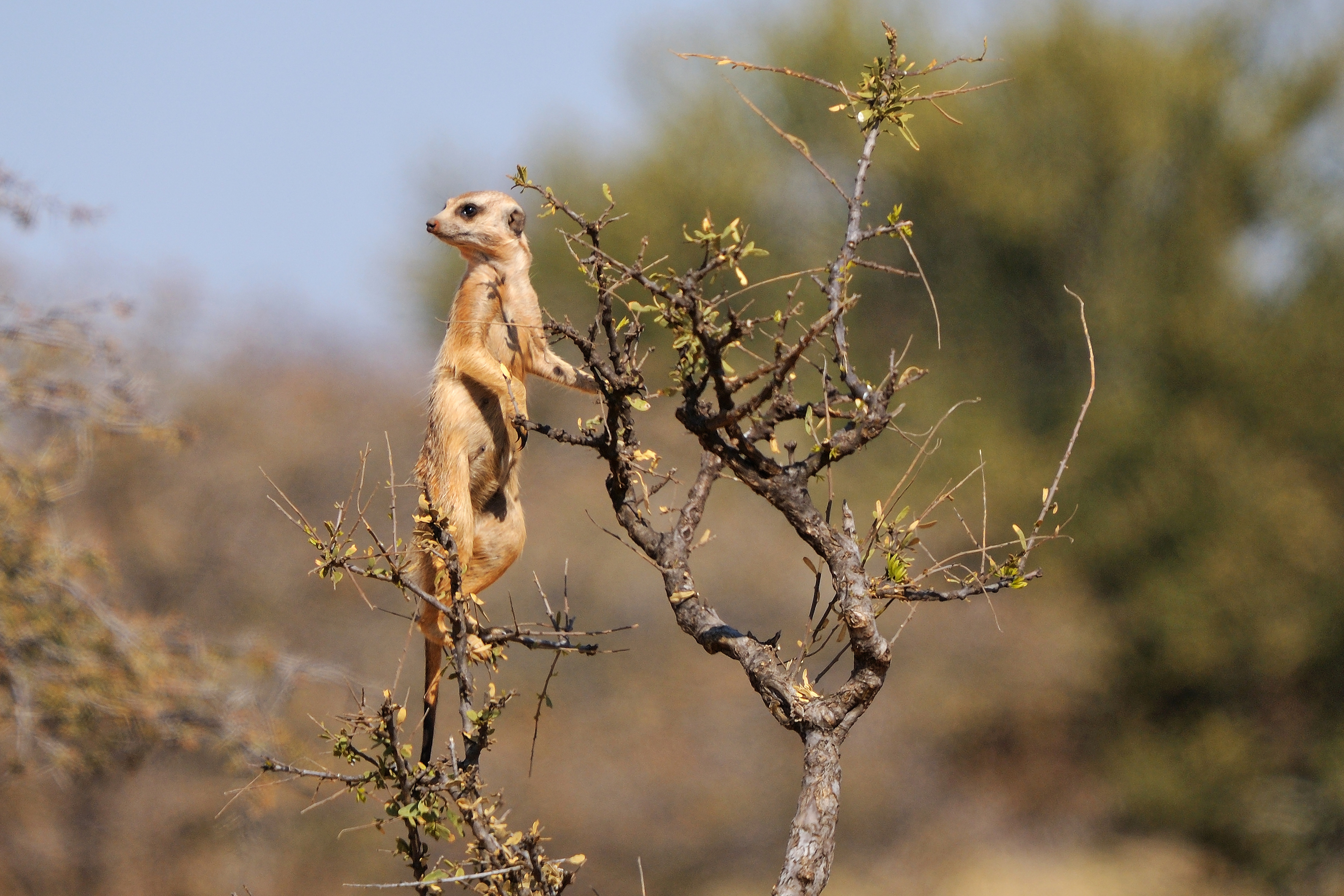
Threat signaling isn’t just instinct—it’s also shaped by learning and experience. Social animals, like meerkats, refine their responses by observing older group members, improving their ability to recognize danger. Some birds even learn to understand the alarm calls of other species, gaining an extra layer of protection. This adaptability allows animals to fine-tune their communication over time, making survival a constantly evolving skill. Learning from experience shows how intelligence and instinct work together, proving that communication in the wild isn’t just reactive—it’s a dynamic, ever-improving strategy for staying safe.
From birds sounding alarms to deep-sea creatures glowing in warning, these alert signals reveal nature’s incredible adaptability. They aren’t just random calls or flashes—they’re part of a vast, interconnected web that keeps ecosystems in balance. Learning about these signals helps us see the wild with new appreciation, reminding us that survival isn’t just about instinct but about adaptation, resilience, and cooperation. As we reflect on these hidden conversations, we gain a deeper respect for the natural world and our connection to its intricate rhythms.







